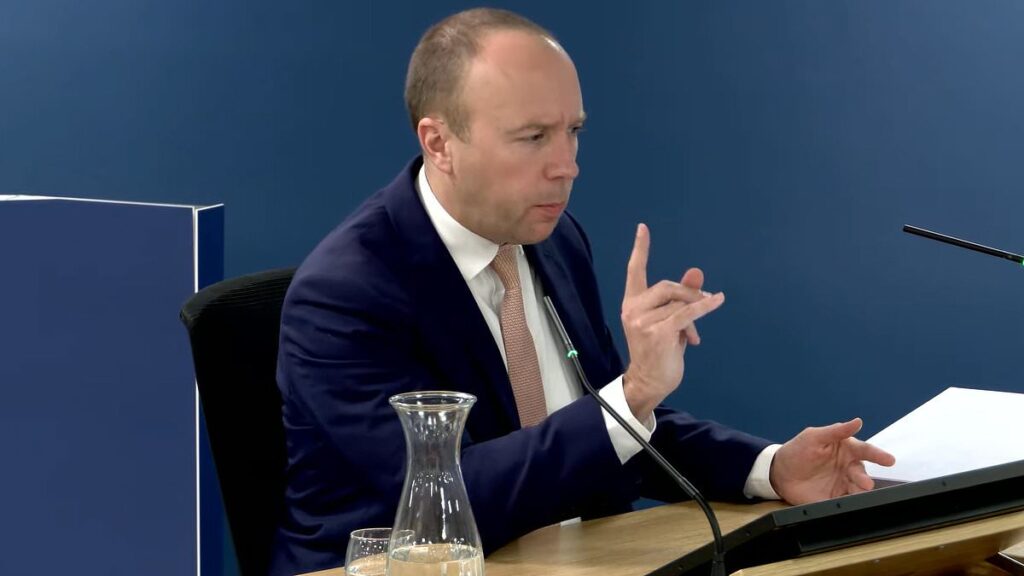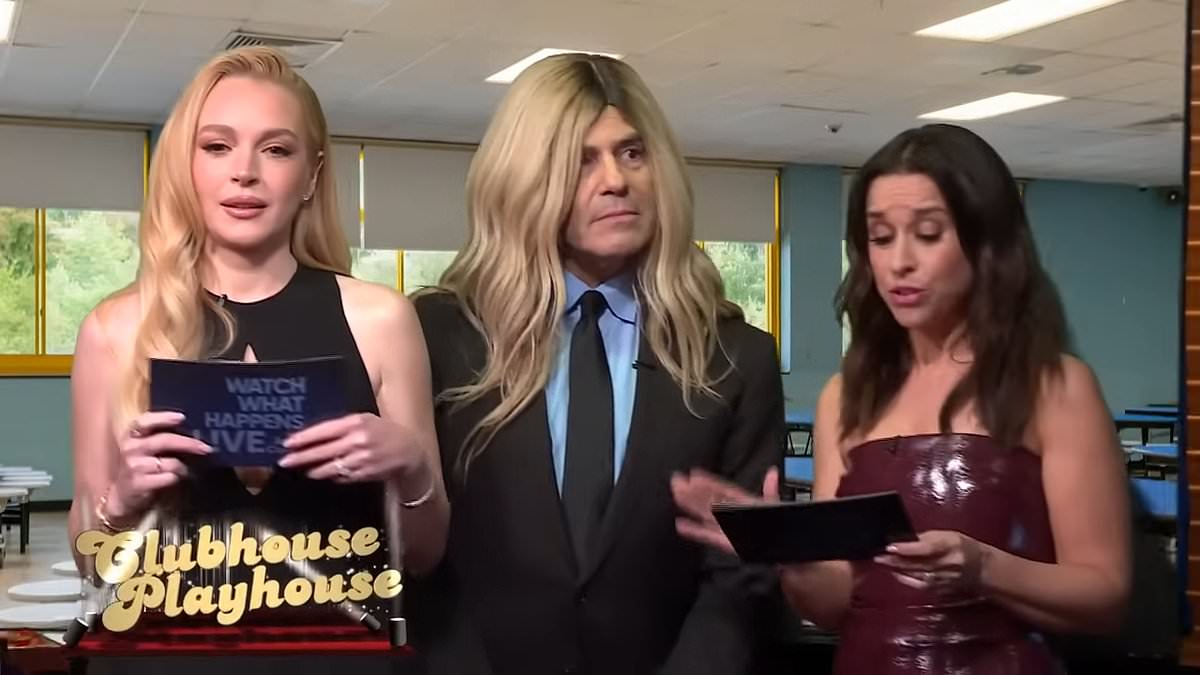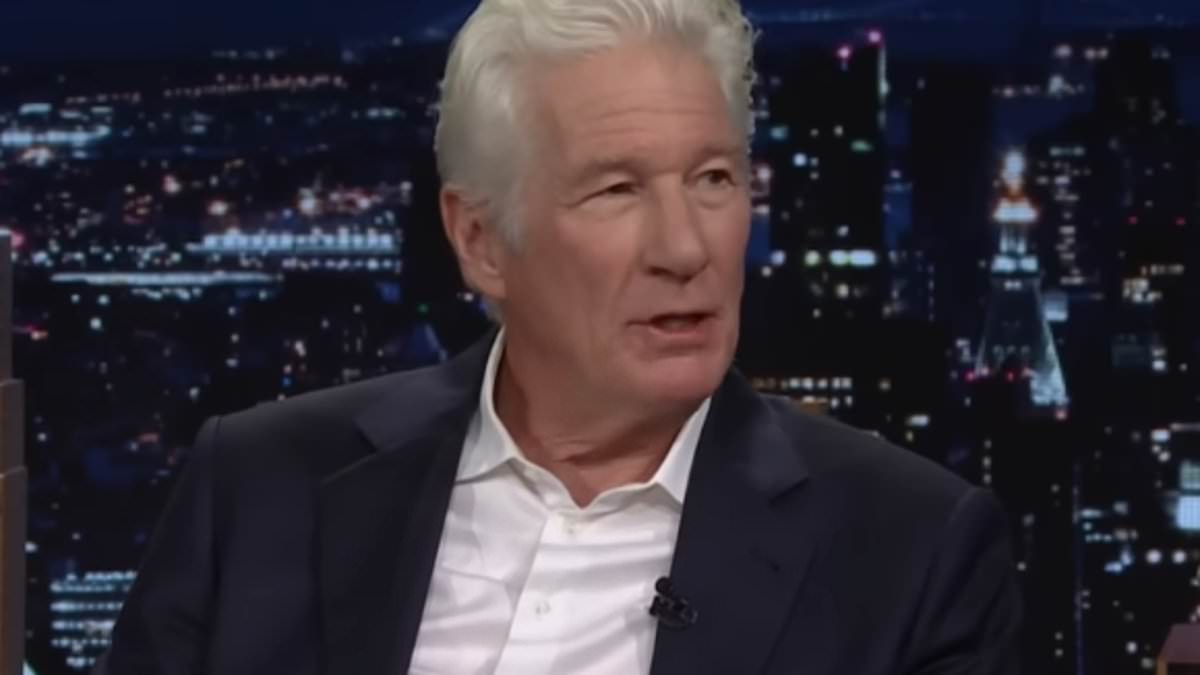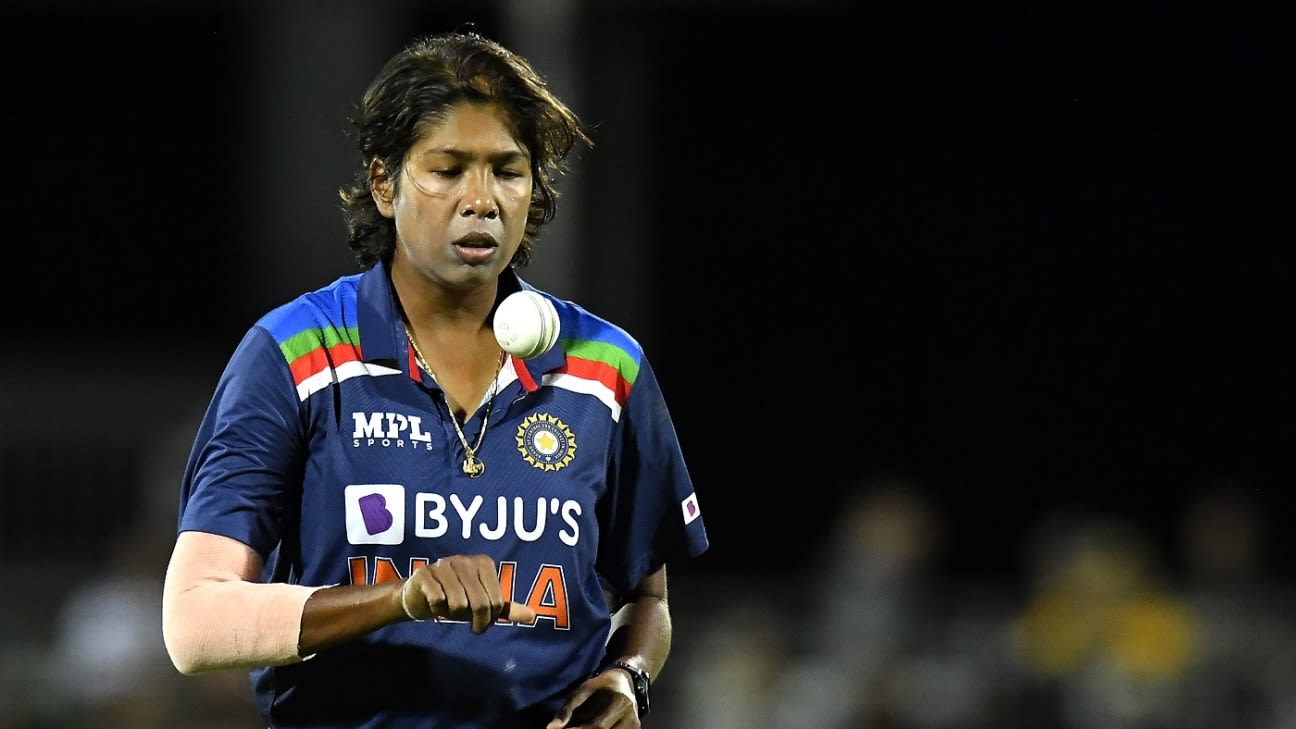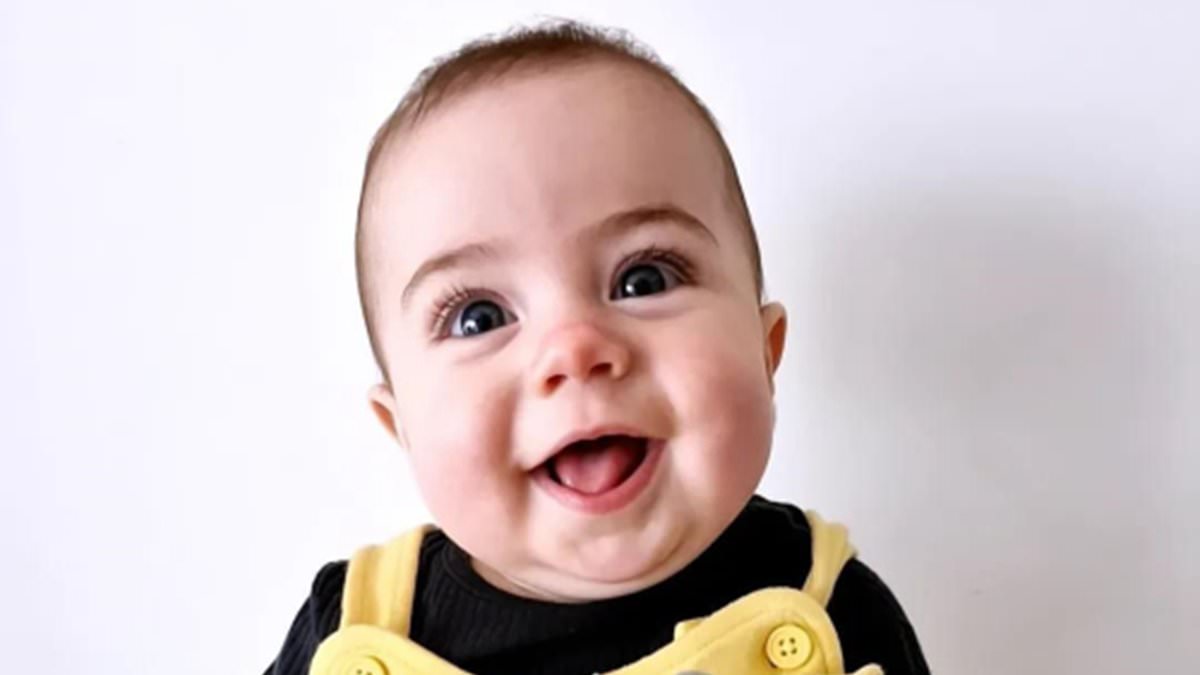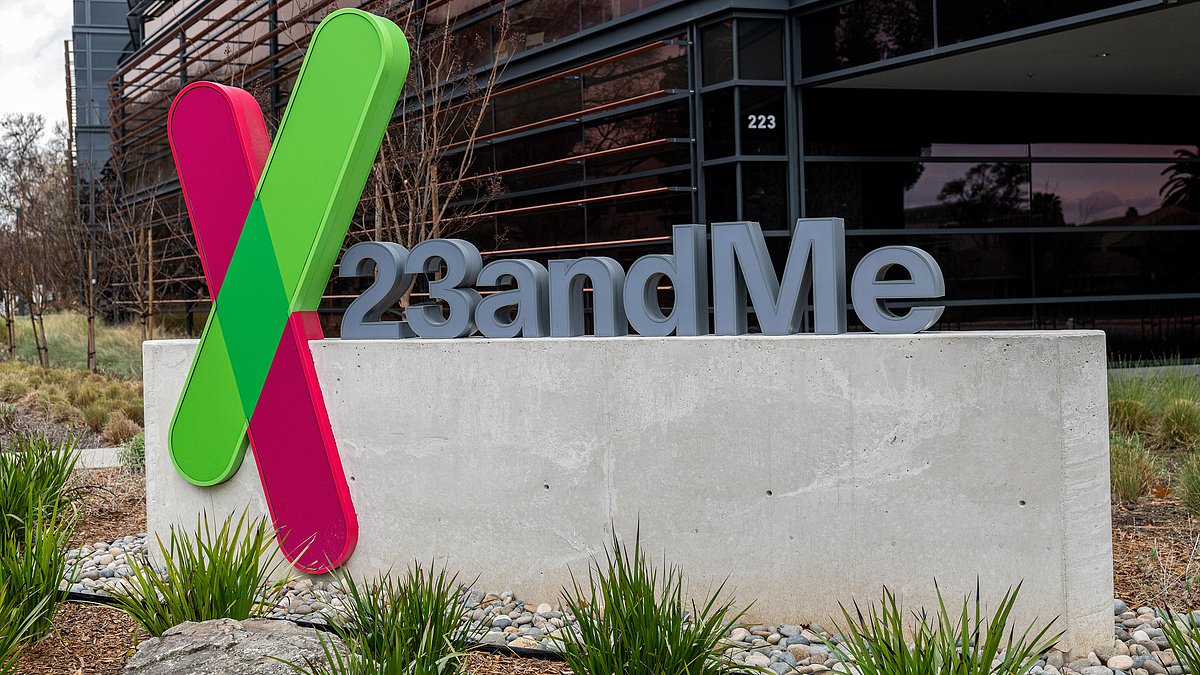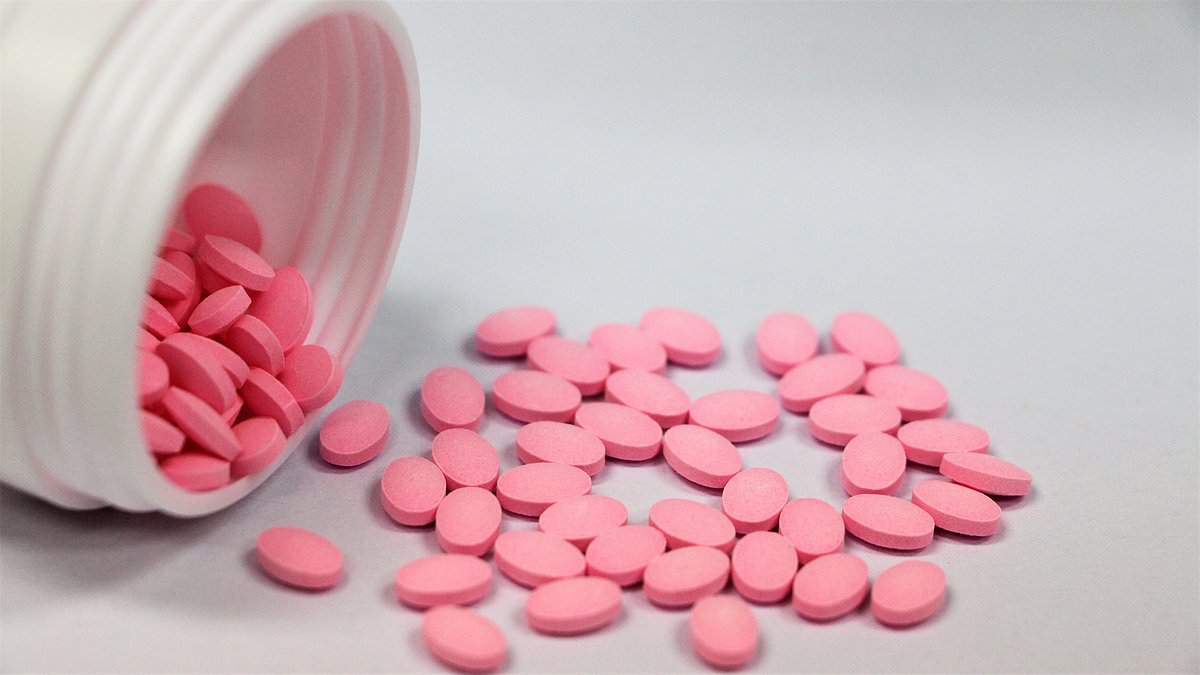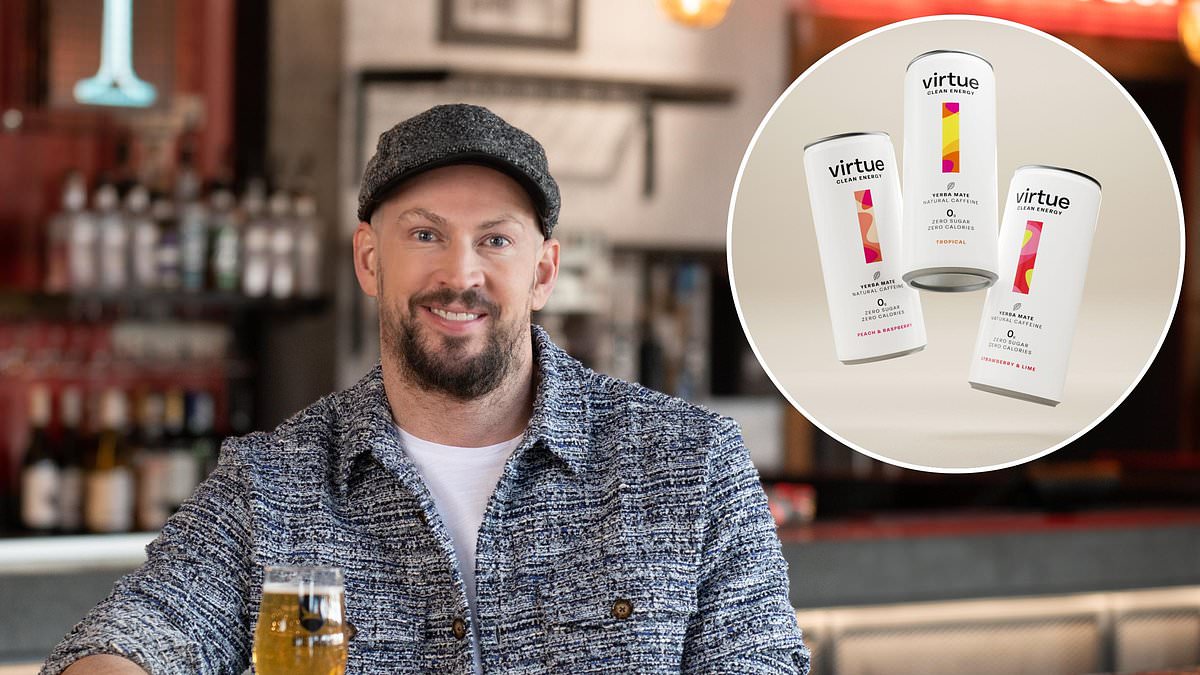Former health secretary Matt Hancock today denied painting a ‘rosy picture’ of the NHS as it faced a meltdown during the Covid crisis.
The ex-Tory MP, who was in charge of the health service between 2018 and 2021, insisted he was not ‘trying to say everything was perfect’ as hospitals buckled.
Appearing before the Covid Inquiry today, Mr Hancock also renewed his feuds with Scotland’s former first minister Nicola Sturgeon and ex-No10 chief aide Dominic Cummings.
He accused Ms Sturgeon of causing ‘all sorts of difficulties’ during the pandemic, while he also claimed part of his job was to ‘shield’ the NHS from ‘people being difficult’ in Downing Street.
Mr Cummings has previously claimed Mr Hancock should have been fired for ‘at least 15 to 20 things – including lying to everybody on multiple occasions’.
Other No10 staff have accused the former health secretary of displaying ‘nuclear levels of confidence’ when attempting to handle the pandemic.

Former health secretary Matt Hancock today denied painting a ‘rosy picture’ of the NHS as it faced a meltdown during the Covid crisis

Mr Hancock accused Scottish former first minister Nicola Sturgeon of causing ‘all sorts of difficulties’ during the pandemic

Appearing before the Covid Inquiry, Mr Hancock also renewed his feud with ex-No10 chief aide Dominic Cummings
Mr Hancock told the inquiry that in the early stages of the Covid crisis he was ‘petrified’ that lockdowns would not be enough to stop the NHS ‘being completely overwhelmed’, as had happened in Italy.
He also refuted claims that he wanted to decide ‘who should live and who should die’, if hospitals became overwhelmed by Covid patients during the pandemic.
In his witness statement to the inquiry last year, former NHS England boss Lord Stevens said: ‘The secretary of state for health and social care took the position that in this situation he – rather than, say, the medical profession or the public – should ultimately decide who should live and who should die.’
Mr Hancock said the concept of a tool to prioritise intensive care patients was first proposed in February 2020, but he had actually objected.
‘Simon Stevens said that I’d called for it and wanted to make the decisions myself, and that was inaccurate,’ he said.
‘We had a discussion about it and I concluded then that we shouldn’t have such a tool.
‘I felt strongly that if we tried to write a national tool, its local interpretation might end up being too legalistic or box ticking.
‘What I wanted is the doctors to have the discretion to make the decisions as they see fit with the best way to save lives in the circumstances.’
Mr Hancock also refuted claims that he was painting a ‘rosy picture’ of the situation in the NHS during the pandemic.
Baroness Heather Hallett, who is chairing the Covid inquiry, asked: ‘You made it plain to your Cabinet colleagues and the prime minister at the time, that numbers of doctors and nurses were unable to provide the level of care that their patients needed?
‘You made that plain to all your colleagues? You didn’t present a rosy picture that some have suggested?’
Mr Hancock replied: ‘I have in previous modules, been accused of painting a rosy picture.
‘For each of those specific accusations, there are inaccuracies in the other accounts that we didn’t go through in detail.
‘But all you need to know, chair, is that I was not one for buck passing.’
The inquiry was shown a document from May 2020 which made a request to ‘reset’ the relationship between the English and Scottish administrations.
Asked if that request relates to the scope of the probe’s third module – which is exploring the impact on the healthcare systems of the four nations – Mr Hancock answered: ‘No, this was all about how Nicola Sturgeon was causing all sorts of difficulties.’
When asked if there was ‘generally good collaboration’, the former health secretary replied: ‘At a health level there was excellent collaboration between the CMOs (chief medical officers), who themselves had their own call, and then between the four health ministers.
‘And you can see from the minutes and the WhatsApp group that we had a really, genuinely collaborative approach.’
Mr Hancock also told the inquiry he ‘ruffled some feathers’ while protecting the NHS from political ‘interference’ during the pandemic.
He said part of his role was to ‘shield’ the NHS from ‘people being difficult in Number 10’.
‘Within the running of the NHS, we were protected in a way because of the independence of the NHS,’ he said.
‘And therefore the people being difficult for Number 10, part of my job was to provide a shield from that.
‘And I know that I ruffled some feathers in doing so, but my job was, ironically, was also to protect the NHS from some of that.’
The inquiry also heard from Mr Hancock how interference from No10 caused ‘incredible difficulties’ in regards to testing during the pandemic.
He was asked about his previous witness statements, which suggested ‘inappropriate political interference from Number 10’, and if that interference applied to the scope of these hearings.
Mr Hancock said: ‘Well, of course some of it did.
‘For instance, the biggest interference that caused difficulties was within testing, where some of the political appointees in Number 10 caused incredible difficulties.
‘But that’s not to do with this module.’
During the pandemic, Mr Cummings took the lead on plans to test millions of people a day for Covid under a scheme known as ‘Operation Moonshot’.

